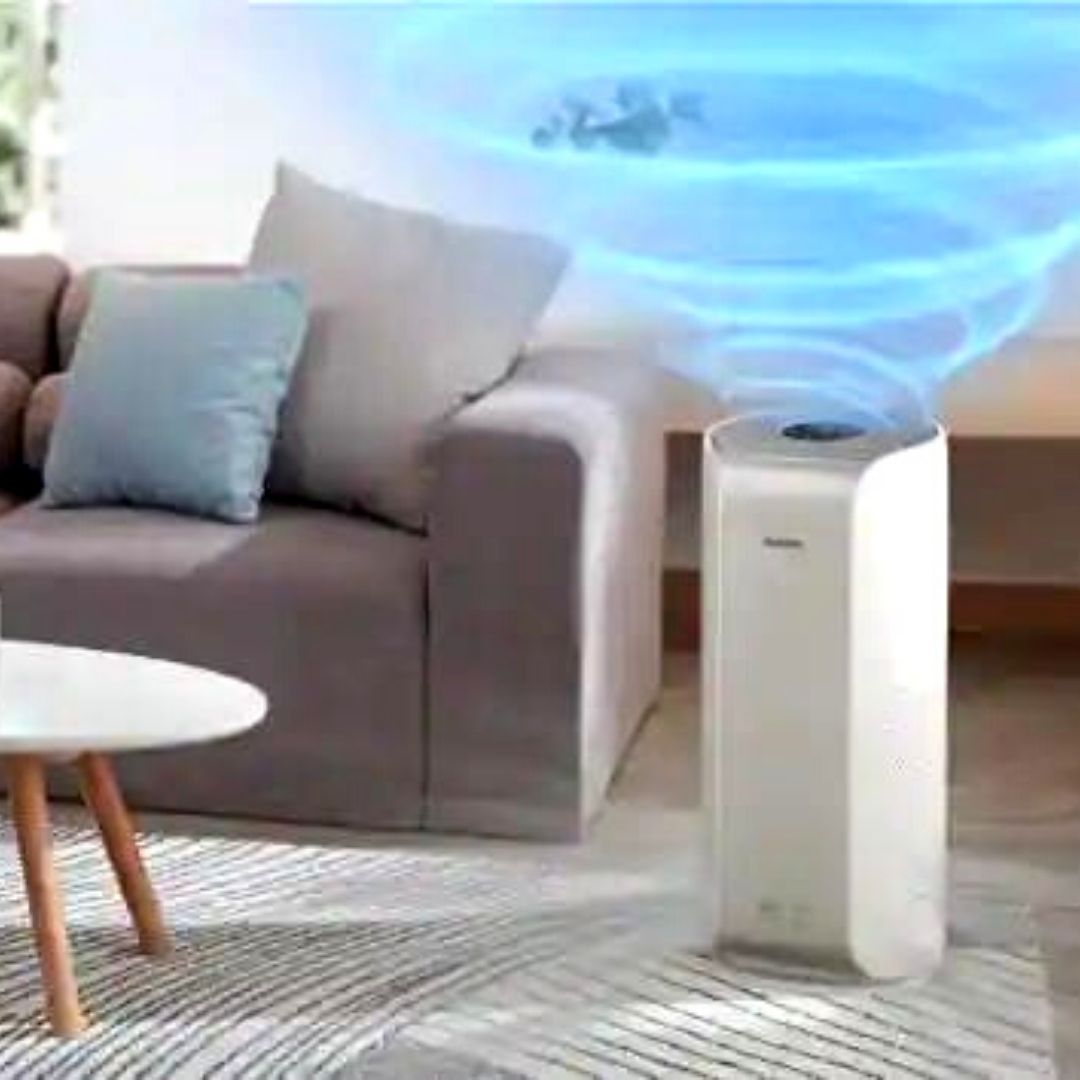
Credits: Hindustan Times
In Delhi, Indoor Air Pollution Is 20 Times Higher Than WHO Standards: Report
Writer: Devyani Madaik
A media enthusiast, Devyani believes in learning on the job and there is nothing off limits when it comes to work. Writing is her passion and she is always ready for a debate as well.
Delhi, 9 Dec 2021 9:07 AM GMT
Editor : Palak Agrawal |
Palak a journalism graduate believes in simplifying the complicated and writing about the extraordinary lives of ordinary people. She calls herself a " hodophile" or in layman words- a person who loves to travel.
Creatives : Devyani Madaik
A media enthusiast, Devyani believes in learning on the job and there is nothing off limits when it comes to work. Writing is her passion and she is always ready for a debate as well.
The report states that only people from high-income households were 13 times more likely to have access to air purifiers than low-income families. However, an air purifier system had only a 10 percent impact on indoor air pollution.
The indoor pollution of the residences in Delhi is 20 times more than the standards set by the World Health Organisation (WHO), a study read.
The national Union Territory topped the list of the world's most polluted capital for the third time in 2020. A total of 35 Indian cities were among the top 50 in the worst air quality list.
Survey
The levels PM 2.5 (fine particulate matter) was found to be higher than the levels reported by outdoor government monitors, Hindustan Times reported.
Reportedly, exposure to PM2.5 is considered safe by the US Environmental Protection Agency's national ambient air quality standards.
The institute surveyed thousands of households from different socioeconomic strata between 2018-2020. The PM2.5 levels primarily saw a rise in the mornings and evenings.
Any Noticeable Difference With Air Purifiers?
The study was conducted by the Energy Policy Institute at the University of Chicago (EPIC India) and was released on Wednesday, December 8. The report states that only people from high-income households were 13 times more likely to have access to air purifiers than low-income families.
However, an air purifier system had only a 10 percent impact on indoor air pollution. These houses had an 8.6 percent decline in PM2.5 levels inside and were able to make 'modest changes in inexpensive defensive practices and ventilation behaviours', HT reported.
"The bottom line is, whether someone is rich or poor, no one gets to breathe clean air in Delhi. Offices and schools might also be highly polluted," the study's lead author, Kenneth Lee, told the media.
It is not usual for people being aware of the pollution levels inside the homes; hence, they tend to take fewer precautions. With increased awareness, people will be able to take corrective measures, Lee added.
Speaking to HT, Executive Director at Centre for Science and Environment, Anumita Roy Chowdhury, said that we needed as many studies and assessments on indoor air pollution and its impact as we have on outdoor pollution. This would help people gear up for the future and take necessary measures.
Also Read: Children Forced To Beg In Delhi, Police Rescues 45 From Different Streets
 All section
All section














